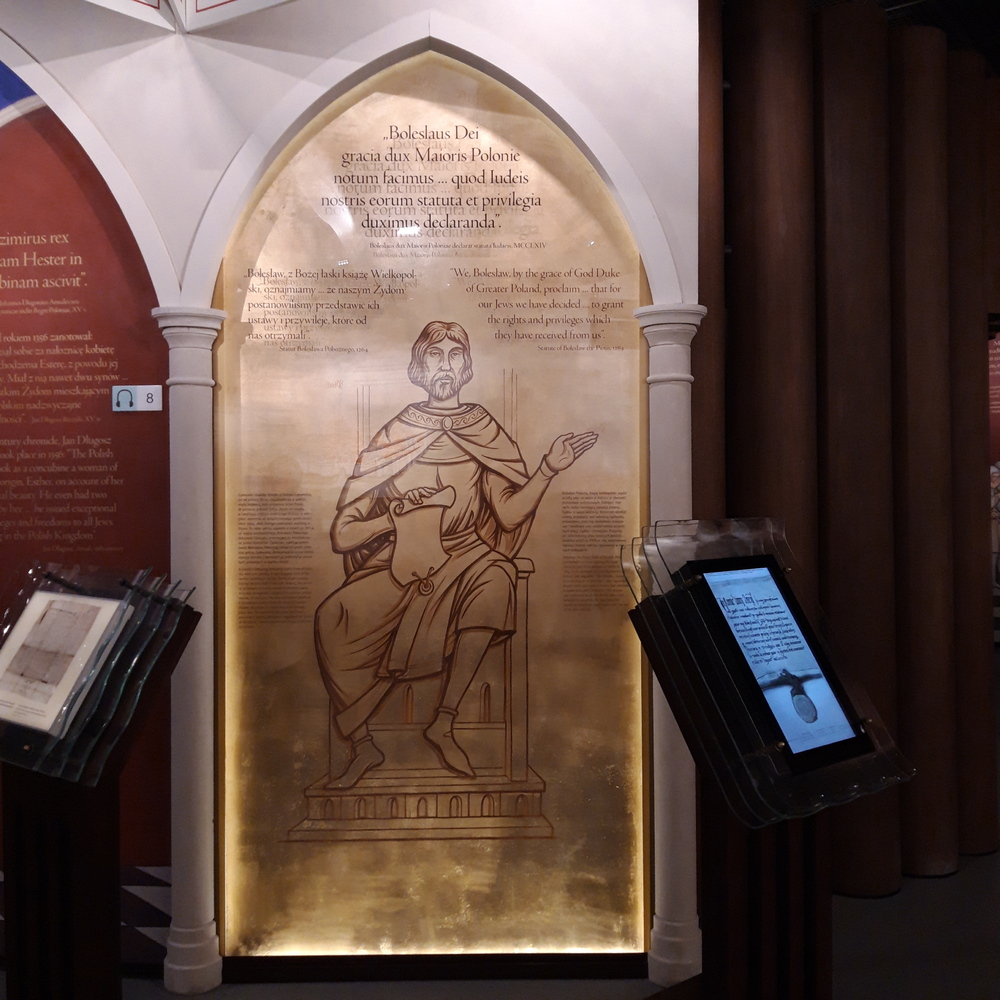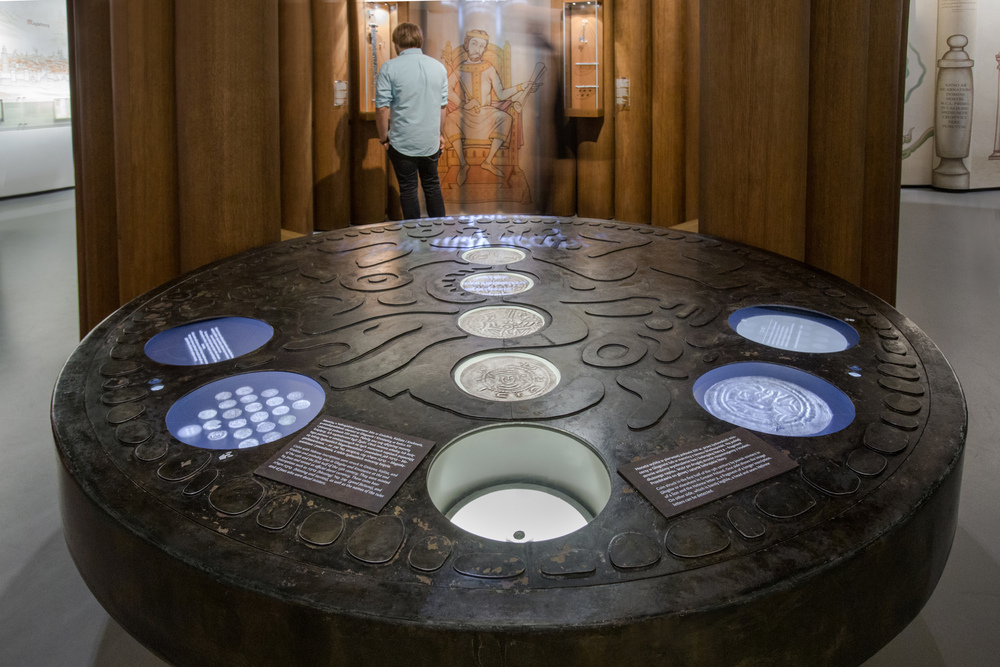POLIN Museum of the History of Polish Jews: Statute of Kalish - the mechanisms of medieval settlements of Jews in the Polish lands
"We, Bolesław, by the grace of God Duke of Wielkopolska, make it known to our people today and in the future … that we have resolved to present, word by word, to the Jews dwelling in the entire area of our country, the laws and privileges that they had received from us."
Fragment of the Statute of Kalish, 1264 Statute of Kalish was a charter issued by Duke Bolesław the Pious in 1264 for the Jews in Wielkopolska (Greater Poland). It was the first comprehensive regulation related to the Jews in the Polish lands. Considering Jews as useful for the local economy the duke permitted them to settle down in his country and to operate a business. They had the same trading rights as Christians. At the same time, the duke guaranteed their freedom of religion, becoming protector of their life and property. The duke also appointed a judge who settled disputes between Jews and Christians. This meant that town courts had no jurisdiction over Jews. The best evidence of this cooperation is coins with Hebrew inscriptions struck in the 12th and 13th centuries in the Polish lands. They were minted by Jews who were given permission to engage in this activity and served as official ducal currency. They bear Hebrew inscriptions with a blessing as well as the names of the rulers and of Jews who minted them.
Coexistence
Jewish museums as reminders of the centuries of Jewish presence and coexistence within the local population Jewish museums in Europe express the need for European societies to come to terms with their difficult Jewish histories and to break the silence that surrounded the Holocaust. They present the perspective of a minority that has been present in European history and culture for many ages. In this way, they remind us of the multiethnic past of some countries or regions. Their exhibitions present Jewish history as a part of local history. They emphasise the coexistence that embraced periods of peaceful cooperation and mutual influences as well as conflicts and moments of crisis. They also show the special character of Jewish culture in a particular place. The narration of Jewish museums aims to open visitors to the idea of cultural diversity and tolerance.
What do you know about society in medieval Europe? How was it organised? Why do you think the duke was interested in maintaining peace between different social strata and religious groups in his land?




